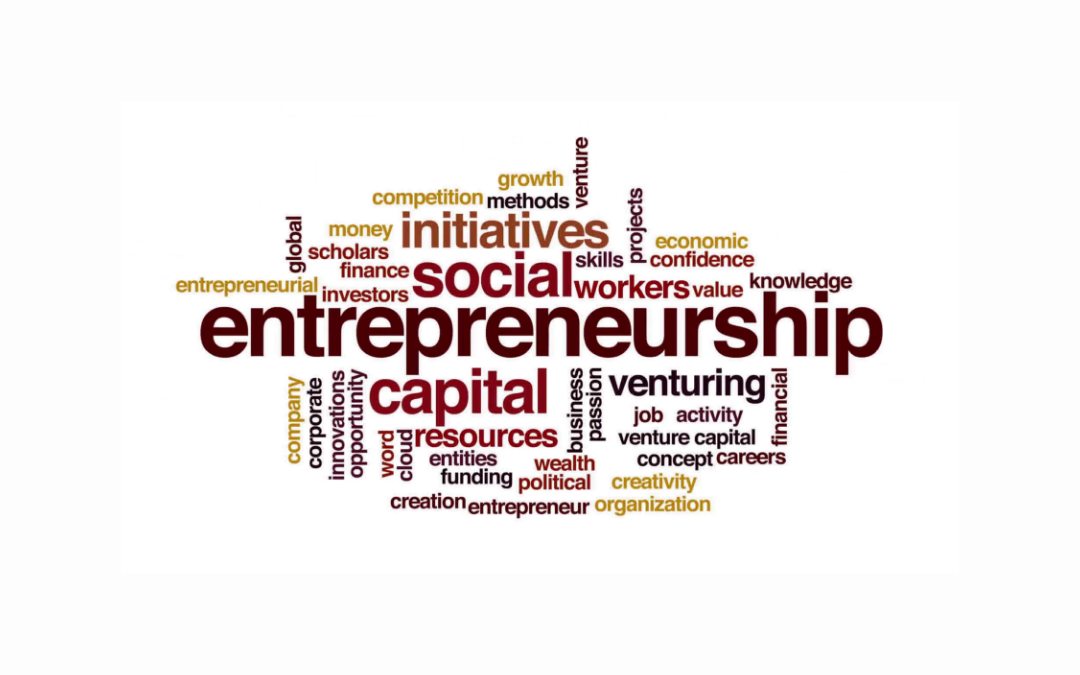Lean Startups: 3 Steps to Success

Different statistics have come up in different years to show that running a startup is no easy feat. On average, anywhere between 80% and 90% of startups fail within the first five years, and even reaching the ten-year milestone is no guarantee of survival.
Eric Reis, an entrepreneur and the creator of the Lean Startup methodology, laid out in unambiguous terms that startups cannot follow traditional operations and expansion paths. Startups are meant to be innovative and disruptive and need to work in the face of uncertainty, very different from the way businesses are traditionally run.
The Lean Startup methodology put forth by Reis acts as a reference point for new-age companies. It focuses heavily on testing, validation, and measurement. The purpose is to help entrepreneurs get their business off the ground in a quick yet efficient manner and innovate continually to counter market forces.
There are three distinct stages that a lean startup goes through as it builds a sustainable and scalable model.
Stage 1: Problem-solution fit
The issue that is seen with entrepreneurs is that they are too confident in their solutions and forget to ask if the problem is worth solving in the first place. Even before thinking of developing a product, the first step is to check the intensity of the problem and how desperate people are for a better solution.
Since the Lean Startup approach is all about making the most of existing resources, the problem-solution fit is a great way to ensure that happens. Entering the market with a product that nobody wants is an entrepreneur’s worst nightmare.
To check for the problem-solution fit, founders can reach out to people to check if the problem they have discovered actually exists. If you get a yes, the next step is to figure out how often this problem arises and the go-to solutions. Once you clarify this, dig deeper to ask if your proposed solution offers better value and if customers would be willing to pay money for the same.
If you get a positive indication from your sample audience, you can move on to the next stage, feeling confident, and with a sense of assurance that you are on the right path. After achieving this fit, you have the green signal to work on a prototype or a Minimum Viable Product (MVP) that can be tested with actual users.
Stage 2: Product-market fit
Considered to be one of the most important processes for a startup, the product-market fit involves testing the actual solution for its viability and reliability in the market. Once you have figured out that the problem is worth solving, it is pertinent to check if your product actually does what it is intended to do.
Achieving the product-market fit involves two key aspects- firstly, figuring out if the target market is big enough and, secondly, checking if the product meets its customers’ needs. While there is no outright way to see if you have achieved the market fit, small indicators would include organic traffic, monthly growth, an influx of orders, etc.
If people are out there vouching for the product themselves, you are on track to achieve greater growth. By focusing on the market size as well, entrepreneurs can get valuable insights into how well the industry can sustain their growth. Running after a very small piece of the pie is not worth the time, effort, and money.
Since the MVP is mostly used to check for product-market fit, it is also a great idea to get feedback on the kind of features that should be added or subtracted from the final product. It will allow you to work in the right direction and reduce the risk of commercially launching an unwanted or incomplete product.
Stage 3: Growth
Once you get an all-clear in the previous stage, you are ready to start flying. The growth stage involves acceleration and scaling up of the business to take the product to the masses. The idea is to strike the right balance between growth and operations. High growth with operational inefficiencies will cause the startup to fall back down. At the same time, being overly cautious about scaling will lead to missed opportunities.
This is also the right time to list the right set of Key Performance Indicators (KPIs) to track so that performance can be measured. As they say, what cannot be measured cannot be corrected. It is vital to keep an eye on metrics to detect and correct any glaring inefficiencies.
As a startup experiences rapid growth, it is easy to lose track of cash flows and resources such that the burn rate shoots up without a corresponding increase in sales. It is necessary to have the right team in place with the right tools to match the demand and ensure customer satisfaction. Every entrepreneur would like to hold on to this momentum for as long as possible.
Bottomline
By following the steps mentioned above, entrepreneurs can reduce some risks involved in the startup journey and build startups that withstand the test of time. The competitive nature of markets can make the path rough. Still, by carrying out proper testing and taking feedback, as suggested in the Lean Startup methodology, startups can genuinely be successful.






